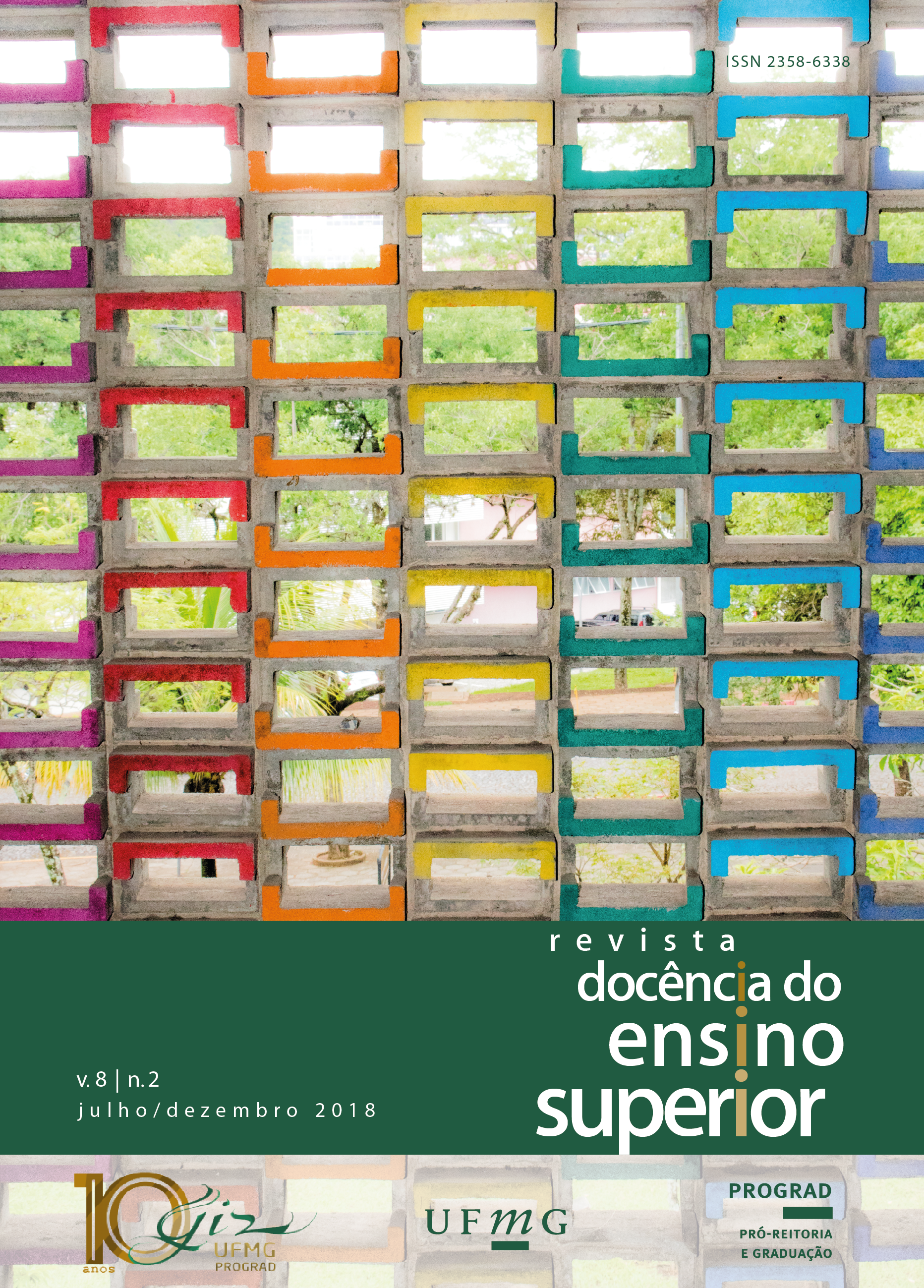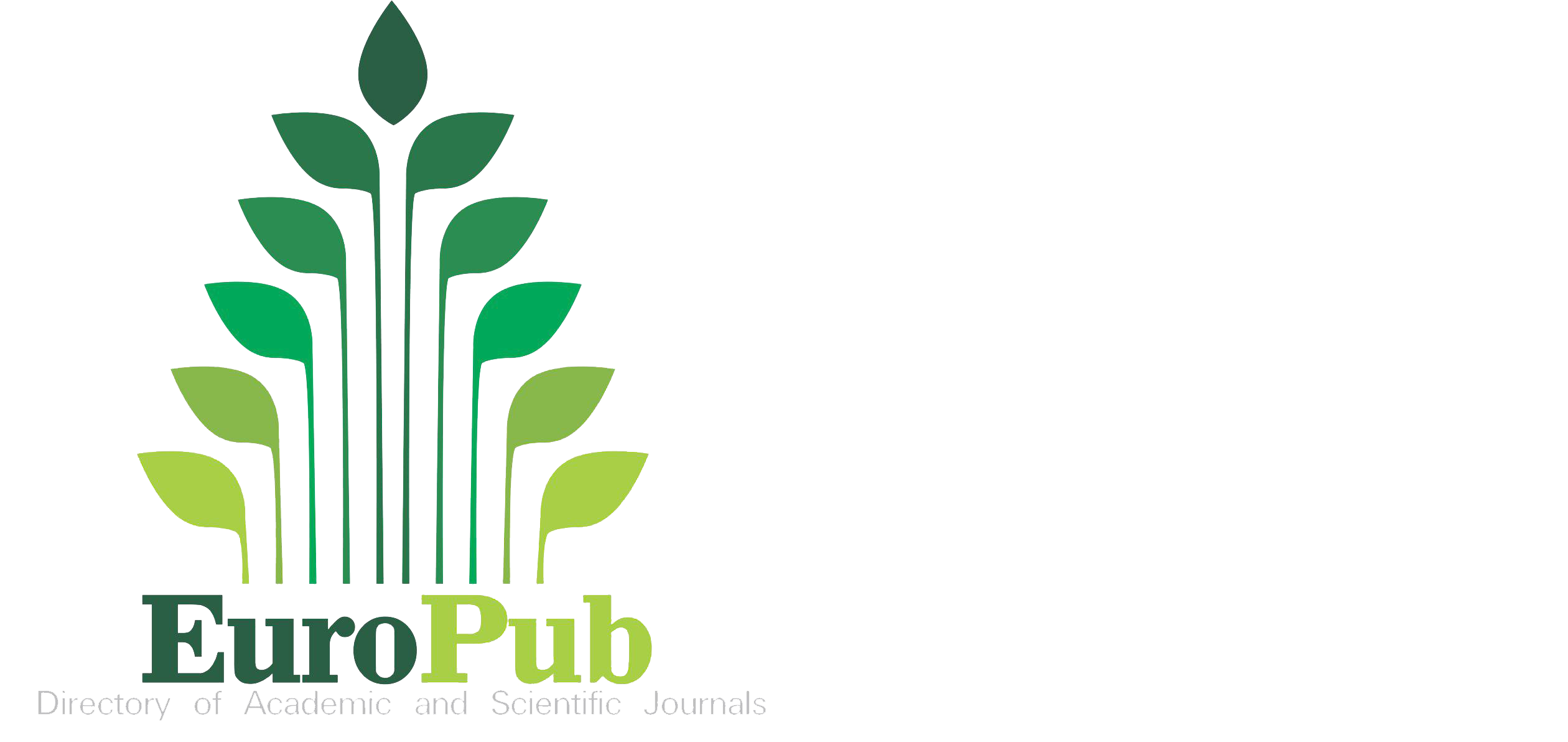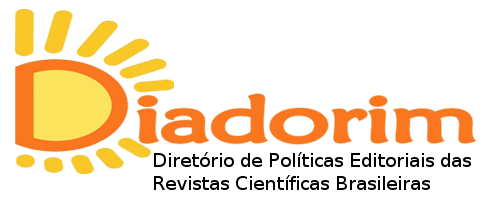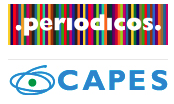The technology application in the teaching learning of Differential Calculus
DOI:
https://doi.org/10.35699/2237-5864.2018.2444Keywords:
Technology, Desmos, Derivatives, Functions graphingAbstract
This paper presents the experience report of the technology used in the teaching-learning of the concepts of differential calculus. The graphic display of the software Desmos was explored in a Calculus I class of fifteen students of the Agronomy Degree in an Institution of Higher Education of Rio Grande do Sul, with the goal to verify the contributions of Desmos to the teaching of derivatives of the first and second order and the function performance through the application of the view proportioned by the software. Activities developed with the assistance of Desmos are presented to achieve the comprehension of the concepts of the derivatives of first and second function of a real variable and its performance. The results demonstrate that the application of the graphic view opens an enabler way in teaching and learning of abstract concepts of mathematics, which are related to the definitions and theorems specially in the case of derivatives.
Downloads
Downloads
Published
How to Cite
Issue
Section
License
Authors who publish in this journal retain the copyright and grant the journal the right of first publication, with the work simultaneously licensed under the Creative Commons Attribution License which allows the sharing of work with acknowledgment of authorship and initial publication in this journal.
Authors are authorized to take additional contracts separately, for non-exclusive distribution of the version of the work published in this journal (e.g. publish in institutional repository or as a book chapter), with acknowledgment of authorship and initial publication in this journal.
Open access policy:
Revista Docência do Ensino Superior is an Open Access journal, which means that all content is available free of charge, at no cost to the user or their institution. Users may read, download, copy, distribute, print, search, or link to the full texts of the articles, or use them for any other legal purpose, without seeking prior permission from the publisher or author, provided they respect the license to use the Creative Commons used by the journal. This definition of open access is in line with the Budapest Open Access Initiative (BOAI).
























